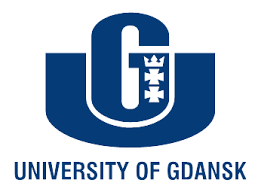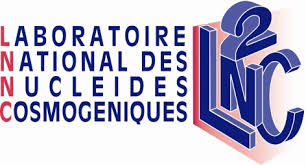
The project consists of three main types of methods that can be grouped under three specific research activities:
Fieldwork
First part of the research provides a detailed investigation of erratic boulders and final verification of their suitability for 10Be dating. In particular, the recognition of:
Selected erratics are sampled with a manual jackhammer, which allows to detach a slab of rock from the upper surface of the boulder. A quartz-rich sample weighing ~200 g is taken from each boulder for further laboratory analysis.
Laboratory work
Samples preparation is conducted by V.R. Rinterknecht as well as the dedicated laboratory team at the LN2C at CEREGE. 10Be measurements are carried out at ASTER, the French AMS located at CEREGE. Data are calibrated directly against the National Institute of Standards and Technology standard reference material 4325 by using an assigned 10Be/9Be ratio of (2.79±0.03)×10-11 (Nishiizumi et al. 2007) and a 10Be half-life of (1.36±0.07)×10-6 years (Chmeleff et al. 2010, Korschinek et al. 2010). Calculation of the analytical uncertainties (reported as 1 sigma) include a conservative 0.5% uncertainty based on long-term measurements of standards, a 1 sigma statistical error on counted 10Be events, and the uncertainty associated with the chemical and analytical blank correction.
Data analysis
The calculation of surface exposure ages from 10Be concentrations measured in the quartz fractions is based on an assumed 10Be production rate. We use the most recent and adequate production rate available (Borchers et al. 2016) to calculate the exposure ages for boulders. Scaling scheme due to latitude and longitude of sample sites as well as corrections due to sample thickness, erosion rate or sample surface slope are also considered when calculating the exposure ages.
Appropriate statistical analyses of 10Be ages are applied, including the analysis of the statistical distribution of ages obtained for identified morphostratigraphic zones. Factors influencing data variability must be analysed as well in order to identify the impact of analytical uncertainties and geological uncertainties on exposure ages. The statistical analysis of the data is essential to construction a reliable 10Be chronology of deglaciation.
Appropriate statistical analyses of 10Be ages are applied, including the analysis of the statistical distribution of ages obtained for identified morphostratigraphic zones. Factors influencing data variability must be analysed as well in order to identify the impact of analytical uncertainties and geological uncertainties on exposure ages. The statistical analysis of the data is essential to construction a reliable 10Be chronology of deglaciation.
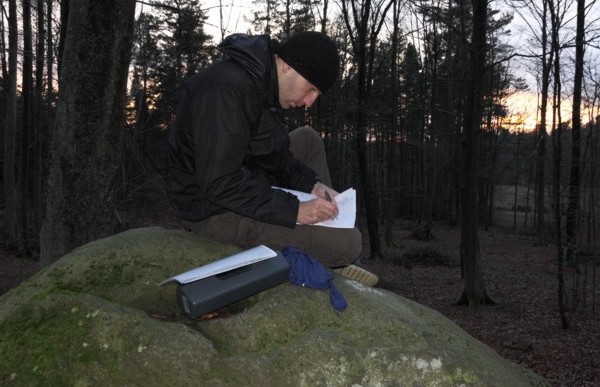
Field description of a boulder.
Sampling of glacially transported boulder with a manual jackhammer.
References:
Borchers B., Marrero S., Balco G., Caffee M., Goehring B., Lifton N., Nishiizumi K., Philips F., Schaefer J., Stone J. 2016, Geological calibration of spallation production rates in the CRONUS-Earth project. Quaternary Geochronology 31, 188-198.
Chmeleff J., von Blanckenburg F., Kossert K., Jakob D. 2010, Determination of the 10Be half-life by multicollector ICPMS and liquid scintillation counting. Nuclear Instruments and Methods in Physics Research Section B: Beam Interactions with Materials and Atoms 268, 192-199.
Korschinek G., Bergmaier A., Faestermann T., Gerstmann U.C., Knie K., Rugel G., Wallner A., Dillmann I., Dollinger G., von Gostomski C.L. 2010, A new value for the half-life of 10Be by Heavy-Ion Elastic Recoil Detection and liquid scintillation counting. Nuclear Instruments and Methods in Physics Research Section B: Beam Interactions with Materials and Atoms 268, 187-191.
Nishiizumi K., Imamura M., Caffee M.W., Southon J.R., Finkel R.C., McAninch J. 2007, Absolute calibration of 10Be AMS Standards. Nuclear Instruments and Methods in Physics Research B 258, 403-413.
Borchers B., Marrero S., Balco G., Caffee M., Goehring B., Lifton N., Nishiizumi K., Philips F., Schaefer J., Stone J. 2016, Geological calibration of spallation production rates in the CRONUS-Earth project. Quaternary Geochronology 31, 188-198.
Chmeleff J., von Blanckenburg F., Kossert K., Jakob D. 2010, Determination of the 10Be half-life by multicollector ICPMS and liquid scintillation counting. Nuclear Instruments and Methods in Physics Research Section B: Beam Interactions with Materials and Atoms 268, 192-199.
Korschinek G., Bergmaier A., Faestermann T., Gerstmann U.C., Knie K., Rugel G., Wallner A., Dillmann I., Dollinger G., von Gostomski C.L. 2010, A new value for the half-life of 10Be by Heavy-Ion Elastic Recoil Detection and liquid scintillation counting. Nuclear Instruments and Methods in Physics Research Section B: Beam Interactions with Materials and Atoms 268, 187-191.
Nishiizumi K., Imamura M., Caffee M.W., Southon J.R., Finkel R.C., McAninch J. 2007, Absolute calibration of 10Be AMS Standards. Nuclear Instruments and Methods in Physics Research B 258, 403-413.
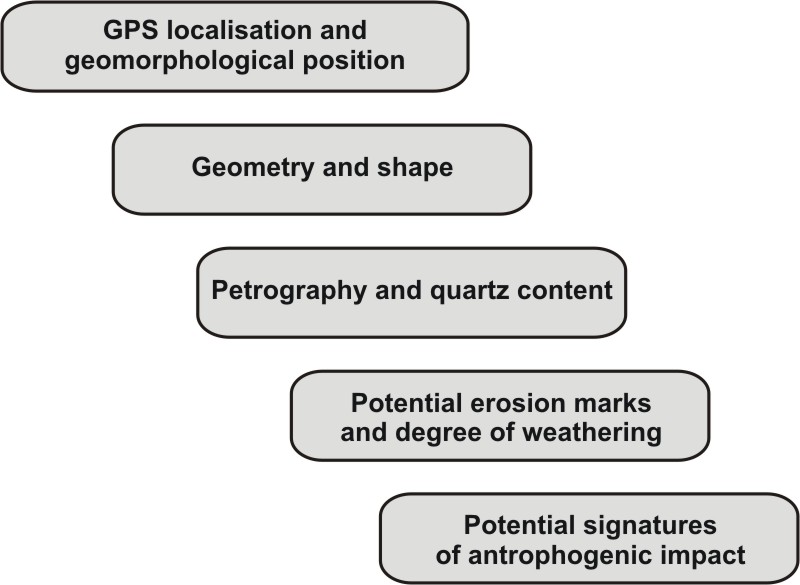
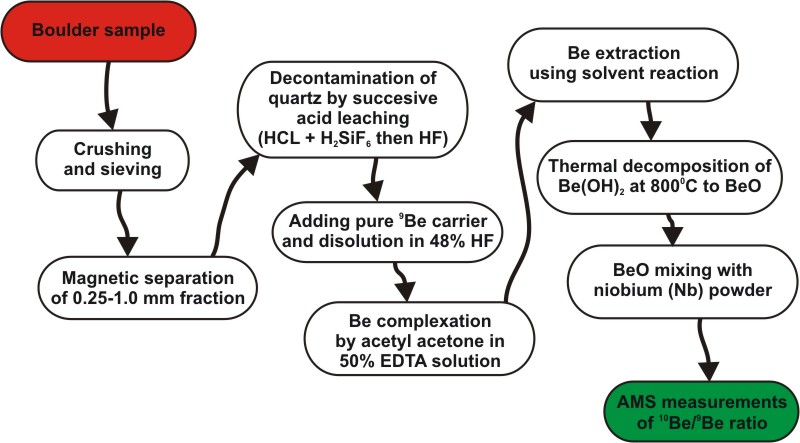

Retreat of the last Scandinavian Ice Sheet in Poland inferred from cosmogenic (10Be) dating of glacial erratics (DatErr)







